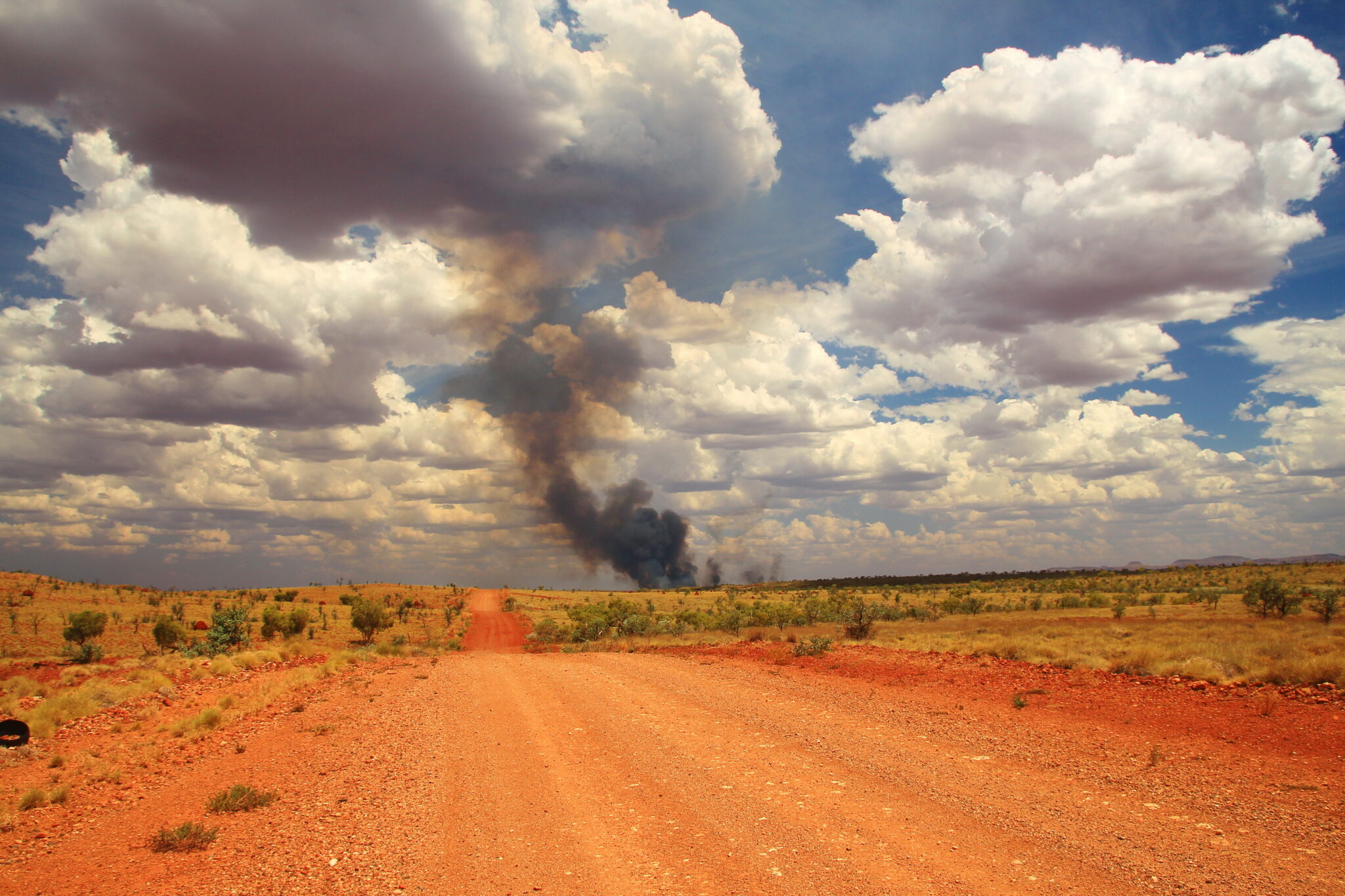Climate Change
Published: September 22, 2025
Blog
Climate change is undoubtedly one of the wicked problems of our era.
Surveys from The Australia Institute and Ipsos report that most Australians believe that urgent action is needed on climate change. Those that don’t believe might be in for a wake up call sooner rather than later. And that’s according to the Prime Minister, who has framed the message that we can anticipate more extreme weather events - with more intensity and greater economic cost - as no less than a national wake up call.
As we digest the Government’s announcement on Australia’s emission reduction targets, the National Climate Risk Assessment (NCRA) Report provides us with some sombre reading. Released this week, the report paints a very stark picture of the economic, environmental and health risks of global warming across Australia. The report has been touted in the media as the “doomsday report” due to the catastrophic picture it paints in terms of rising temperatures, extreme weather events, and the social, health and economic impacts on our very way of life in Australia.
From a health and wellbeing perspective, climate change is already widely recognised as a health emergency. It will impact the core determinants of health, such as food, housing, employment and water security. As such we have seen increased public and political interest to commit to tangible and effective climate action.
The NCRA highlights that certain groups within our population are more susceptible to the health impacts of climate change, including people in rural and remote areas, First Nations people, those working outdoors, women, volunteers, and emergency responders.
It may surprise some to see women on this list. It is a known and documented fact that women are disproportionately impacted by climate change and climate-related disasters. This is due to the amplification of existing gender inequalities and socially conditioned gender roles during high stress disaster response and recovery. Long-standing gender inequalities can create disparities in mobility, decision-making and access to information, resources and knowledge. This can result in increased vulnerability to economic loss, health issues, and exposure to violence during and after climate-related disasters.
Globally, when extreme weather events strike, women and girls are 14 times more likely to die than men, and an estimated 4 out of 5 people displaced by climate disasters are women and girls. Women are often less able to access relief and assistance following an extreme weather or other disaster event. This impacts both well-being and recovery and it creates an ongoing cycle of vulnerability to future disasters.
This is something we might do well to keep in mind and plan for as we consider the forewarning of the NCRA.
Climate Change in Australia also predicts challenging times. In fact, it notes that Victoria is already experiencing the impacts of climate change:
- All of Victoria has warmed since 1910. The average annual temperature has increased by 1.2 °C since 1910.
- Over the past 30 years, Victoria’s cool season rainfall has declined compared to last century.
- The number of days with dangerous weather conditions for bushfires has increased across the region.
The frequency and severity of these changes is only predicted to accelerate. The dramatic changes expected by mid-century include; hotter temperatures, more high fire danger days, increased extreme rainfall events and rising sea levels.
As an advocate for women and girls across the rural and regional communities of the Barwon South West, it’s heartening to see that the NCRA makes explicit reference to the gendered and intersectional impacts of climate change. It specifically calls out:
- the risks women face in terms of reproductive and maternal health, as well as climate-related vector-borne diseases
- vulnerabilities for women related to being excluded from decision making processes and not having the agency to relocate away from climate hazards
- the known increase in family violence that occurs at times of natural disaster, and the impact this has on women’s ability to respond and recover.
Disappointingly, and in what seems like an all too familiar pattern for women and girls, gender and intersectional issues did not flow through to the National Adaptation Plan. This plan was also released this week and gender issues have been recognised, but only flagged as a “future priority”.
Despite the acknowledgment and evidence on the gendered impacts of climate change, there is still a deficit of female leadership and participation in this space. This is due to a laundry list of issues including the underrepresentation of women in science, technology, engineering and maths (STEM), finance, and other sectors where green reskilling is occurring. It also reflects a lack of prioritisation of gender equality in planning and response.
I imagine that the deficit in female leadership around climate issues is very much connected to the decisions to earmark these considerations as a future priority.
Increasing our understanding of the relationship between gender and disaster has the potential to improve the health and wellbeing of communities affected by disaster across Australia. The challenges of the very near future are writ large in the NCRA report. It has never been more important for women to raise their voices and be heard. And it has never been more important to actively and vigilantly consider the voices and experiences of women as we plan, respond and seek solutions to this wicked problem.
- https://www.dcceew.gov.au/climate-change/emissions-reduction/net-zero#toc_0
- https://www.climatechangeinaustralia.gov.au/en/changing-climate/state-climate-statements/victoria/
- https://womensagenda.com.au/wp-content/uploads/2023/03/The_Climate_Load_Womens_Agenda_March_2023-1.pdf
- https://www.dcceew.gov.au/climate-change/action
- https://australiainstitute.org.au/report/climate-of-the-nation-2023/
- https://www.ipsos.com/en-au/climate-change-study-2025
- https://www.acs.gov.au/pages/national-climate-risk-assessment
- https://www.afr.com/policy/energy-and-climate/carefully-timed-climate-doom-report-puts-floor-on-2035-target-20250915-p5mv4e
- https://www.afr.com/policy/energy-and-climate/extreme-heat-property-price-falls-australia-s-severe-climate-risk-20250915-p5mv16
- https://www.undp.org/blog/women-are-hit-hardest-disasters-so-why-are-responses-too-often-gender-blind
- https://www.unwomen.org/en/articles/explainer/how-gender-inequality-and-climate-change-are-interconnected#:~:text=Research%20shows%20that%20the%20instability,access%20to%20resources%20and%20training
- https://www.un.org/en/climatechange/science/climate-issues/women#:~:text=Women%20and%20girls%20face%20disproportionate,change%20are%20women%20and%20girls
- https://www.lse.ac.uk/granthaminstitute/news/why-do-we-need-to-accelerate-the-mainstreaming-of-gender-into-climate-action/#:~:text=Women%20also%20face%20worse%20economic,annual%20GDP%20by%20nearly%202%25
- https://genderanddisaster.com.au/gem/
- https://www.dcceew.gov.au/climate-change/publications/national-adaptation-plan
